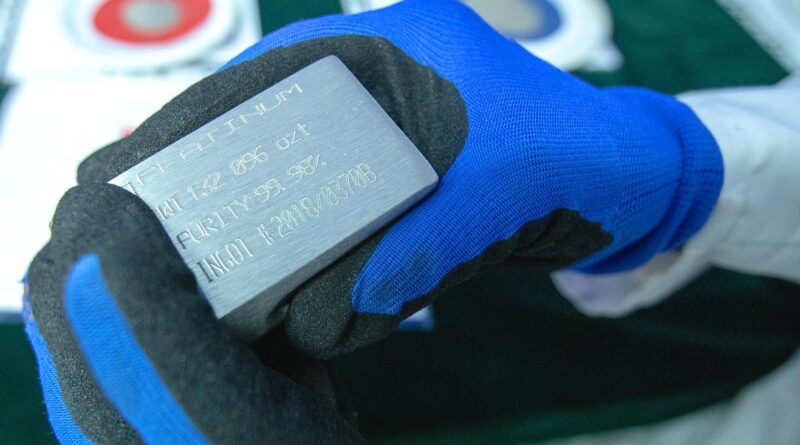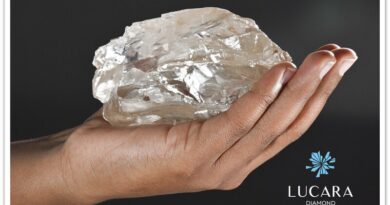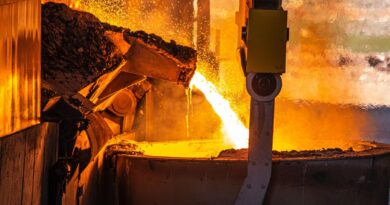Fuel cell electric vehicle market buoying prospects for platinum
The fuel cell electric vehicle market is developing as manufacturers eye growth, buoying the prospects for related platinum demand
Next year, Honda will start producing an all-new hydrogen fuel cell electric vehicle (FCEV) in the US, based on the recently launched 2023 Honda CR-V. This zero-emissions vehicle will contribute to Honda’s goal of making battery electric vehicles (BEVs) and FCEVs represent 100 per cent of its global automotive sales by 2040.
Honda has long believed that FCEVs powered by hydrogen will be a key part of a sustainable transportation future, as these vehicles release no CO2 emissions, and water and heat are the only by-products of electricity generation in the vehicle. In addition, FCEVs offer the same convenience to drivers as internal combustion engine vehicles in terms of range – including in very cold weather conditions – and refuelling times.
The new CR-V-based FCEV will also mark North America’s first production vehicle to combine a plug-in feature with FCEV technology in one model, which enables the driver to charge the onboard battery to deliver battery-powered driving around town, with the flexibility of fast hydrogen refuelling for longer trips.
In Europe, Renault is also developing a hybrid electric and hydrogen powertrain, having launched its Scenic Vision concept FCEV last year. Designed to get ‘the best from electricity and hydrogen’, the Scenic Vision is equipped with a 16kW fuel cell which will act as a range extender, helping to recharge the vehicle’s battery during longer journeys.
In addition to passenger FCEVs, Renault is focused on the light commercial vehicle (LCV) FCEV market, working with hydrogen fuel cell maker Plug Power to form the vertically-integrated hydrogen business Hyvia. Based in France, Hyvia aims to develop a hydrogen ecosystem for LCV fleets which includes green hydrogen production and distribution through the build-out of hydrogen refuelling stations, alongside a range of FCEV LCVs based on the Renault Master platform.
In the US, Plug Power is expanding manufacturing capacity in anticipation of FCEV market growth. It recently opened a new manufacturing facility featuring advanced automation, allowing for greatly increased scale and efficiency in the assembly of its fuel cell systems.
Renault is also developing a hybrid electric and hydrogen powertrain, having launched its Scenic Vision concept FCEV last year. Picture credit: Renault
Meanwhile in the UK, Johnson Matthey, a global leader in sustainable technologies, is building a 3GW factory to scale up the manufacture of fuel cell components for FCEVs.
PROVEN PLATINUM
Platinum is the catalyst that is used in proton exchange membrane (PEM) fuel cells, the type used in hydrogen FCEVs, as it provides the durability, stability and reactivity necessary to strip the hydrogen of electrons to produce electricity. PEM technology is also used in electrolysers to produce green hydrogen.
While hydrogen-related demand for platinum is relatively small in 2023, it is expected to grow substantially through the 2020s and beyond, reaching as much as 35 per cent of total annual platinum demand by 2040, on WPIC’s projections.




